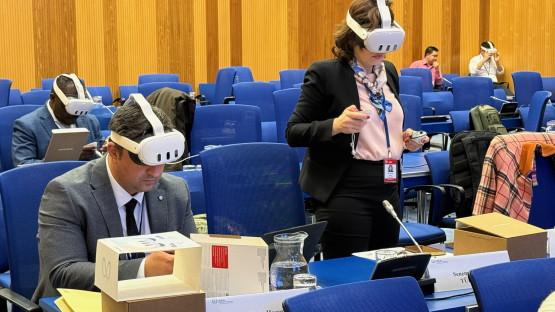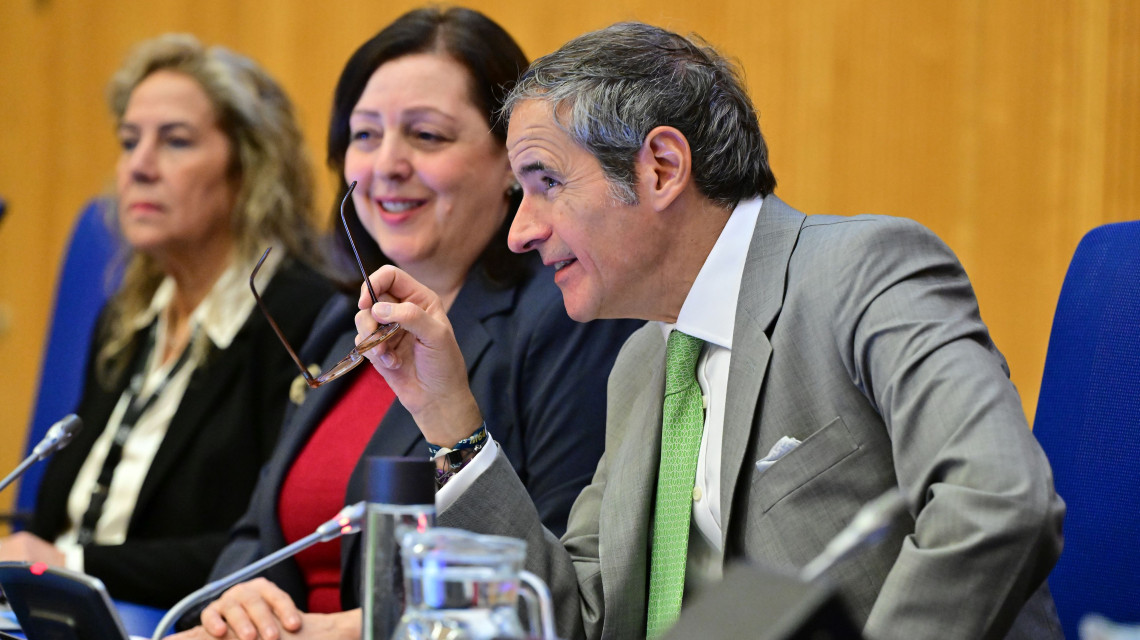
IAEA Scientific Secretary Yavuz Anacak facilitates in-depth technical discussions with representatives from IAEA Rays of Hope Anchor Centres. (Photo: P. Lee/IAEA)
Echoing this, Mohammad Abdulraheem, a senior medical physicist at King Hussein Cancer Center – the Anchor Centre in Jordan – said: “The addition of virtual reality in women's gynecological cancer and brachytherapy procedures enables us to simulate medical and technical procedures in clinical environments for all trainees in the radiation oncology department (radiation oncologists, medical physicists, and radiation oncology technicians). This could further help us to provide effective high-quality health care while taking into consideration patient privacy and providing hands-on training in a radiation oncology department that is crowded with patients.”
For women with gynaecological cancer, this creative and cost-effective solution can lead to better equipped medical specialists who provide safe and effective high-quality care. During the workshop’s opening ceremony, representatives of countries hosting Anchor Centres – including the ambassadors of Algeria, Argentina, Japan, Jordan, South Africa and Türkiye – underlined the vital role Anchor Centres play in advancing cancer care.
“Financed by both government and private sector contributions and the excellent coordination of the professional staff of the Agency, I commend all those who bring this valuable project in motion,” praised Ambassador Atsushi Kaifu, Permanent Representative of Japan to the International Organizations in Vienna, in his remarks. “Let’s continue this fight [against cancer] because every patient – wherever he or she is – deserves hope.”










